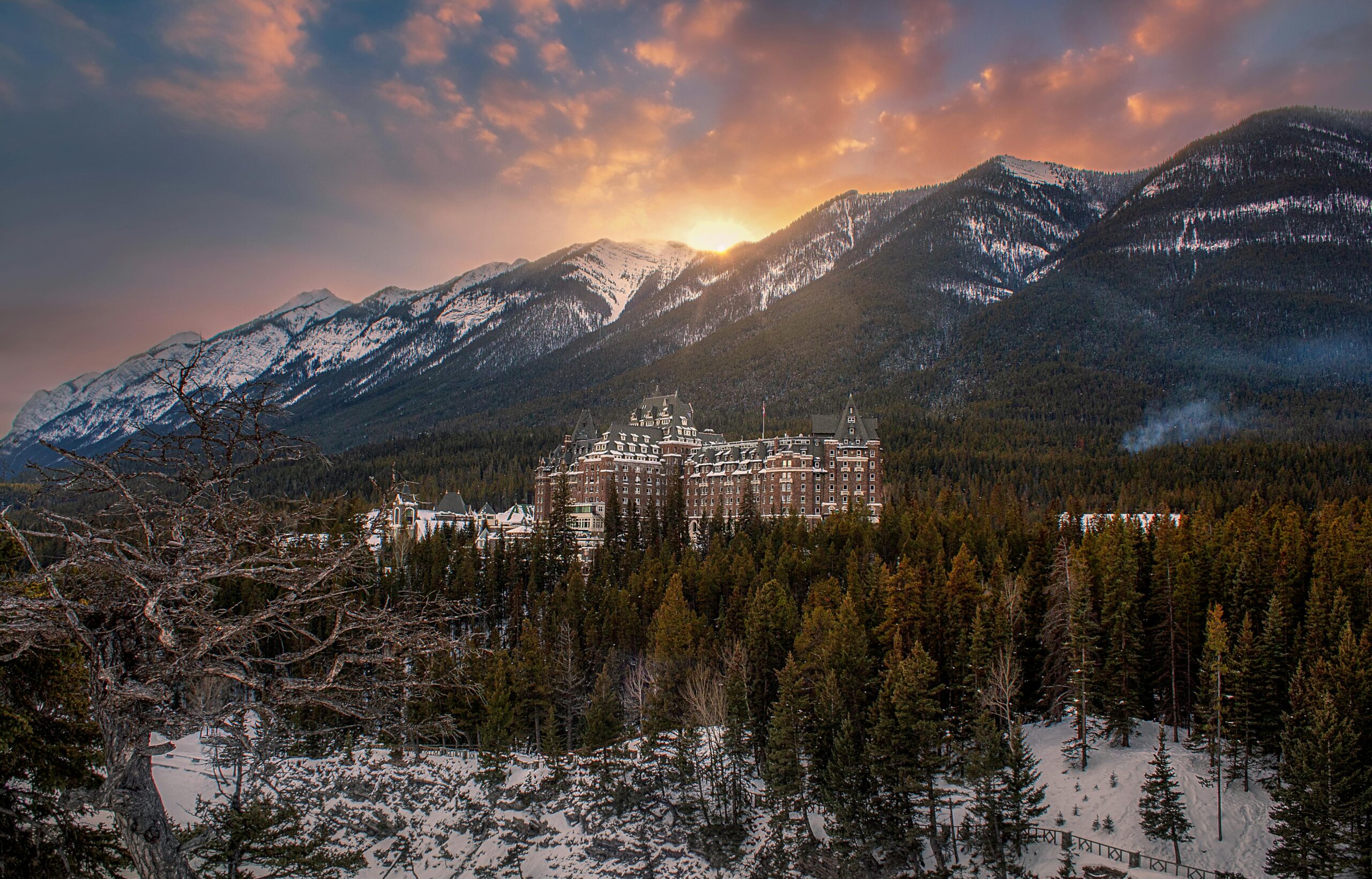Introduction
Situated amidst the majestic Canadian Rockies, Banff National Park serves as a focal point for ecological research, offering a unique blend of geological diversity, biodiversity, and environmental challenges. This comprehensive review aims to delve into the intricate ecological dynamics of Banff, encompassing its geological formations, wildlife communities, conservation strategies, and the pressing issues confronting its delicate ecosystems.
Geological Heritage of Banff
Banff’s geological history spans millions of years, characterized by tectonic activity, glacial processes, and the sculpting forces of erosion. The park’s landscape showcases a diverse array of features, including rugged mountain peaks, deep valleys, and glacial moraines. These geological formations not only contribute to the park’s aesthetic beauty but also serve as valuable records of past environmental changes. By analyzing the composition and distribution of these formations, researchers gain insights into the region’s geological evolution, paleoclimate, and the dynamics of glacial retreat.
Moraines, in particular, offer a window into Banff’s glacial past, providing evidence of ancient ice sheets and climatic fluctuations. Through techniques such as sediment analysis and dating methods, scientists reconstruct past environmental conditions and assess the impact of climate change on glacial landscapes. Furthermore, the study of permafrost distribution and dynamics in Banff contributes to our understanding of cold-region geomorphology and the vulnerability of high-latitude ecosystems to climate warming.
Wildlife Ecology and Habitat Dynamics
Banff’s diverse ecosystems support a remarkable array of wildlife species, ranging from iconic megafauna such as grizzly bears and elk to smaller mammals, birds, and amphibians. Understanding the ecological interactions within these communities is paramount for effective conservation management. Wildlife habitat preferences, seasonal movements, and population dynamics are influenced by factors such as food availability, habitat structure, and human disturbances.
Key habitats within Banff, such as montane forests, alpine meadows, and riparian zones, provide essential resources and refuge for wildlife. However, these habitats are increasingly fragmented due to human activities such as infrastructure development, recreational use, and transportation corridors. Fragmentation disrupts wildlife movements, diminishes genetic connectivity, and heightens the risk of human-wildlife conflicts.
Conservation Challenges and Strategies
Banff National Park faces an array of conservation challenges stemming from anthropogenic impacts, climate change, and invasive species. Human activities, including urbanization, tourism, and resource extraction, exert pressures on wildlife habitats and ecological processes. Climate change exacerbates these pressures, altering temperature regimes, precipitation patterns, and species distributions.
Invasive species, such as non-native plants and pathogens, pose additional threats to Banff’s native biodiversity, outcompeting indigenous species and disrupting ecosystem functions. Addressing these conservation challenges requires a multi-pronged approach that integrates scientific research, policy interventions, and community engagement.
Conservation strategies in Banff encompass a range of initiatives aimed at mitigating human-wildlife conflicts, restoring degraded habitats, and promoting sustainable land management practices. Wildlife corridors and habitat connectivity projects facilitate the movement of wildlife across fragmented landscapes, reducing the risk of isolation and genetic decline.
Moreover, education and outreach programs play a crucial role in fostering public awareness and stewardship of Banff’s natural resources. Engaging local communities, indigenous stakeholders, and government agencies fosters collaborative conservation efforts and ensures the long-term sustainability of Banff’s ecosystems.
Conclusion
Banff National Park stands as a living laboratory for ecological research and conservation, offering invaluable insights into the complexities of natural systems and the challenges of environmental stewardship. By unraveling its geological heritage, studying its wildlife communities, and addressing conservation challenges, scientists and stakeholders can work together to safeguard Banff’s ecological integrity for future generations. Through interdisciplinary collaboration, innovative research, and proactive conservation measures, we can ensure that Banff remains a beacon of biodiversity and natural beauty for years to come.

Leave a Reply